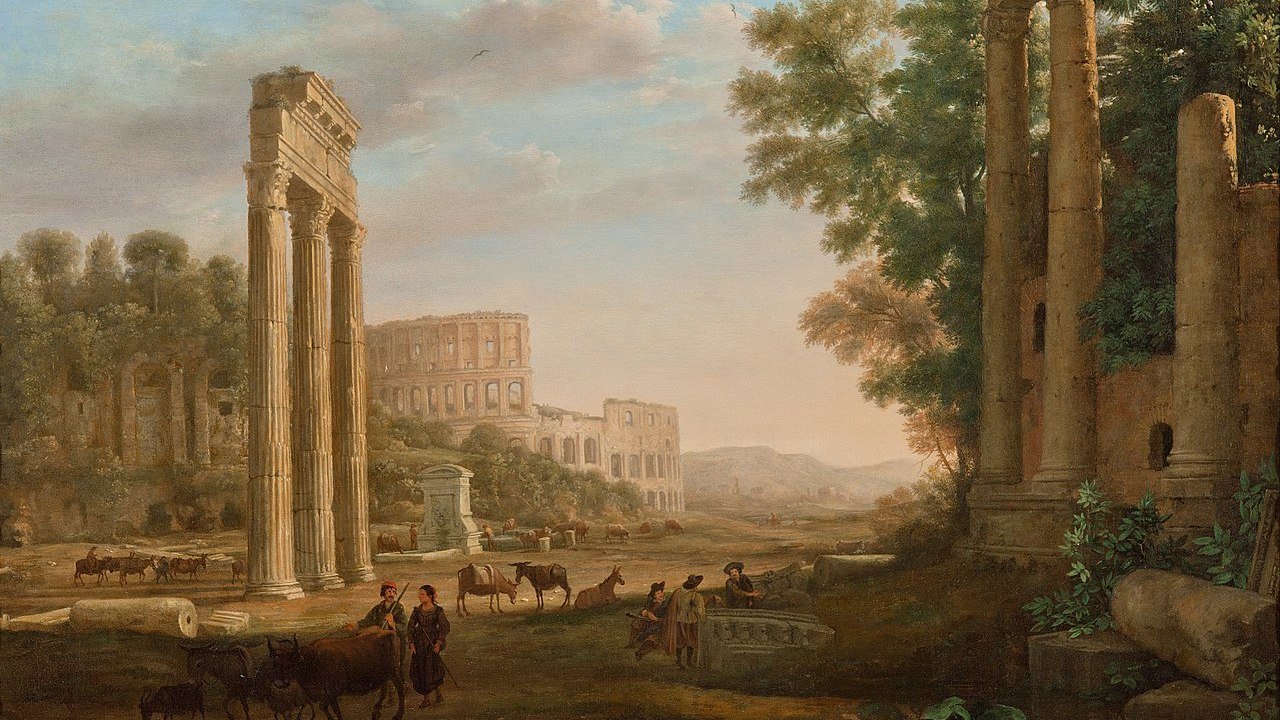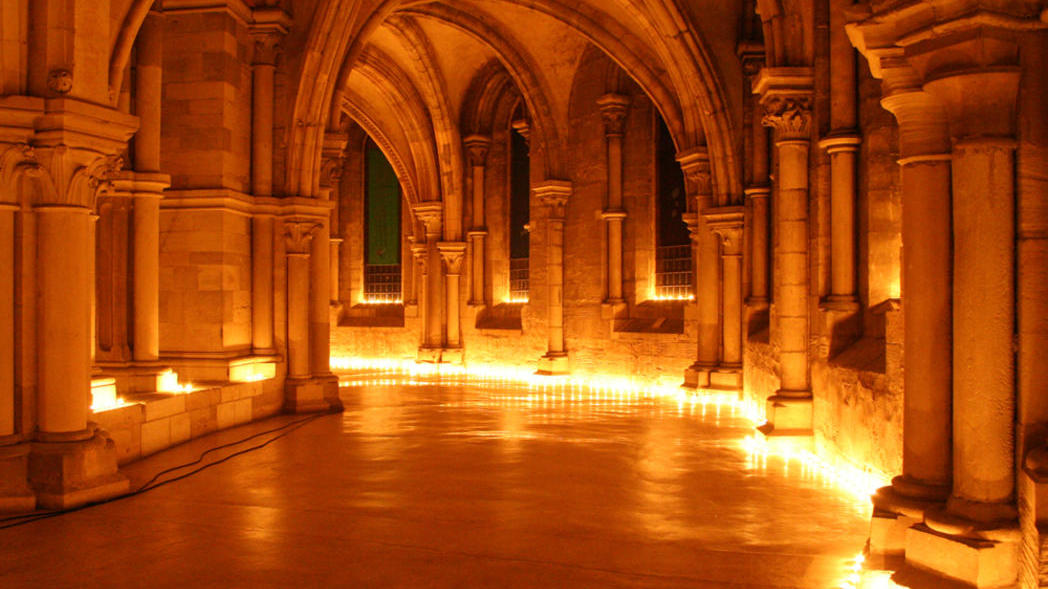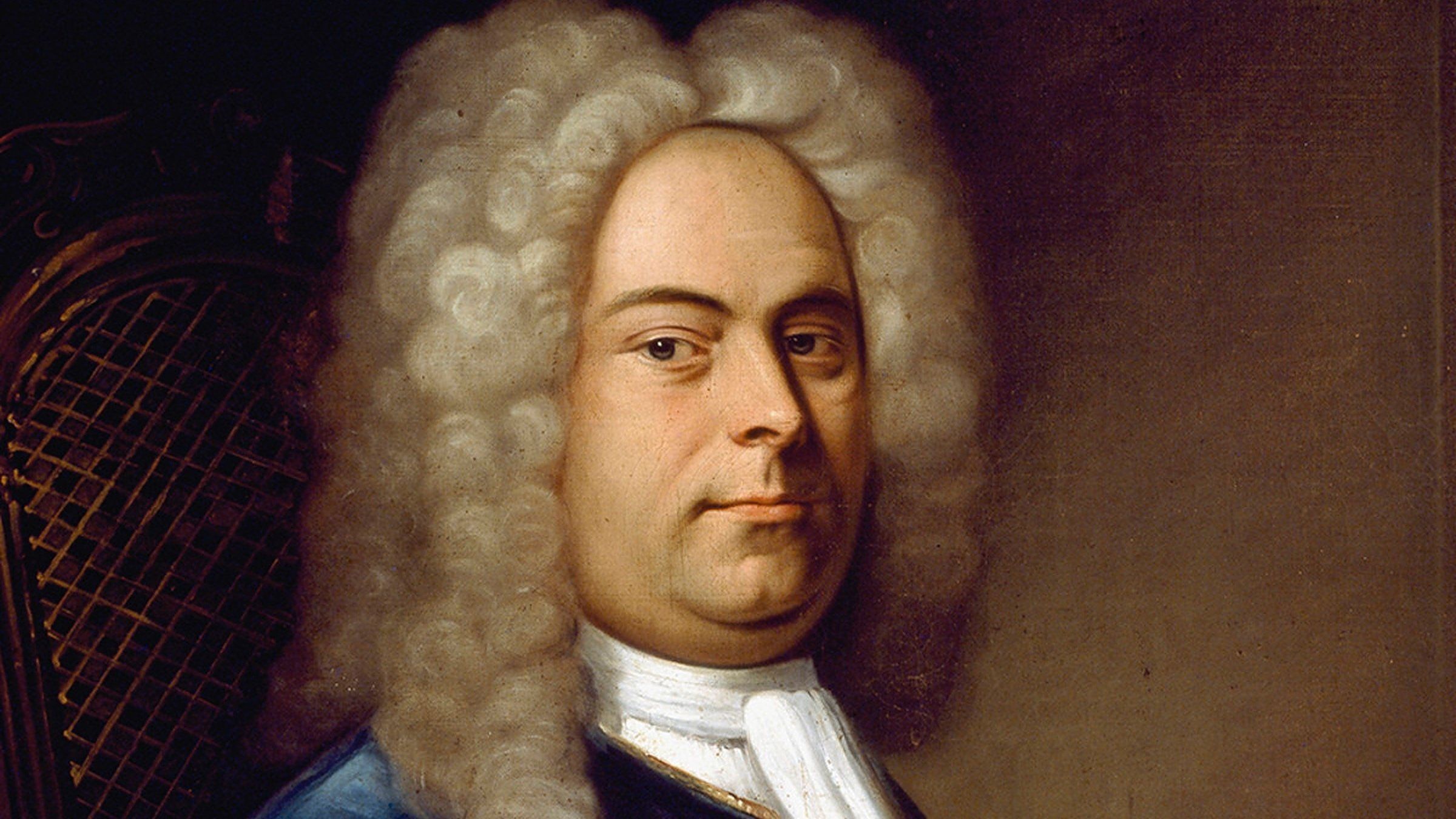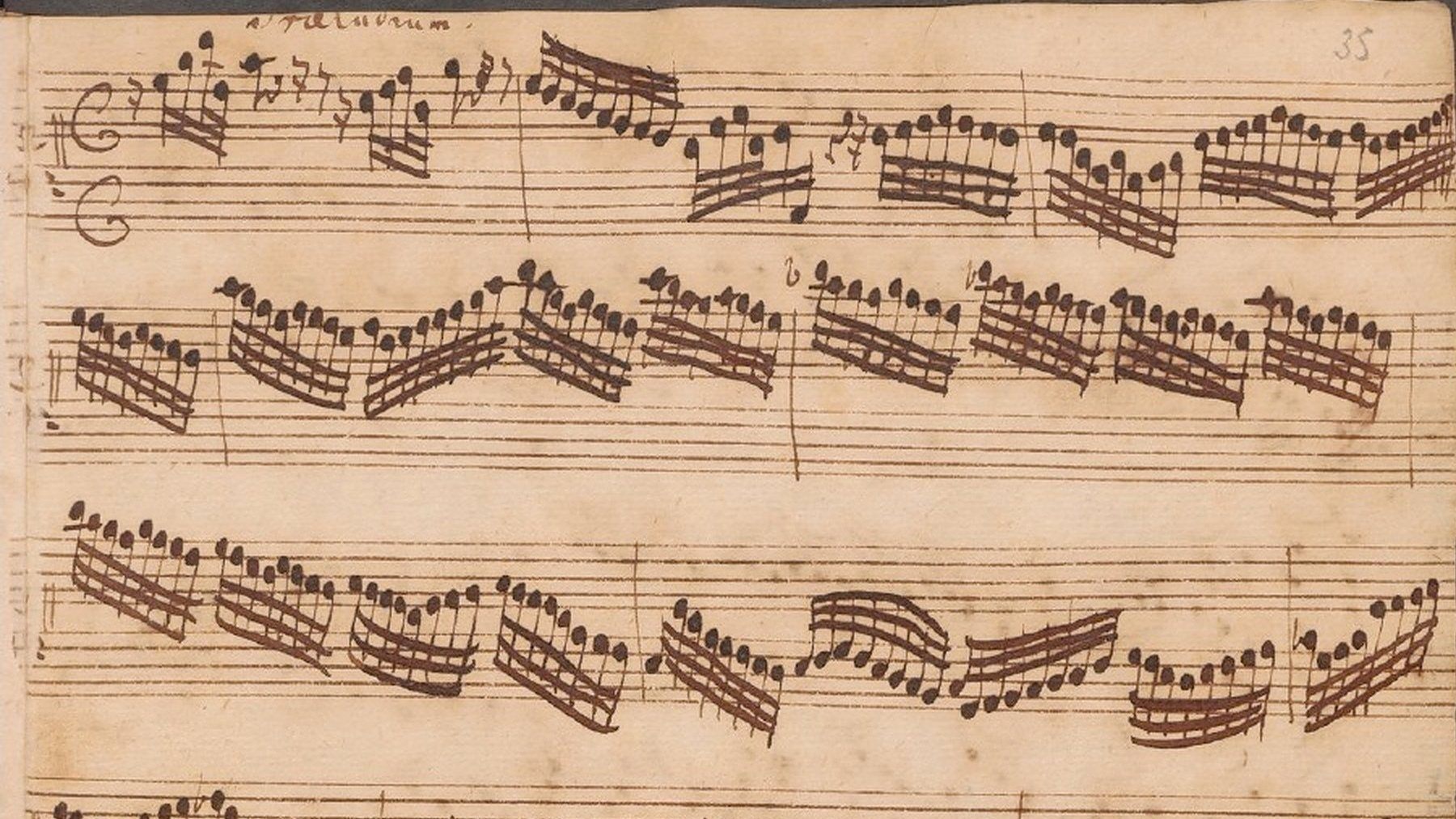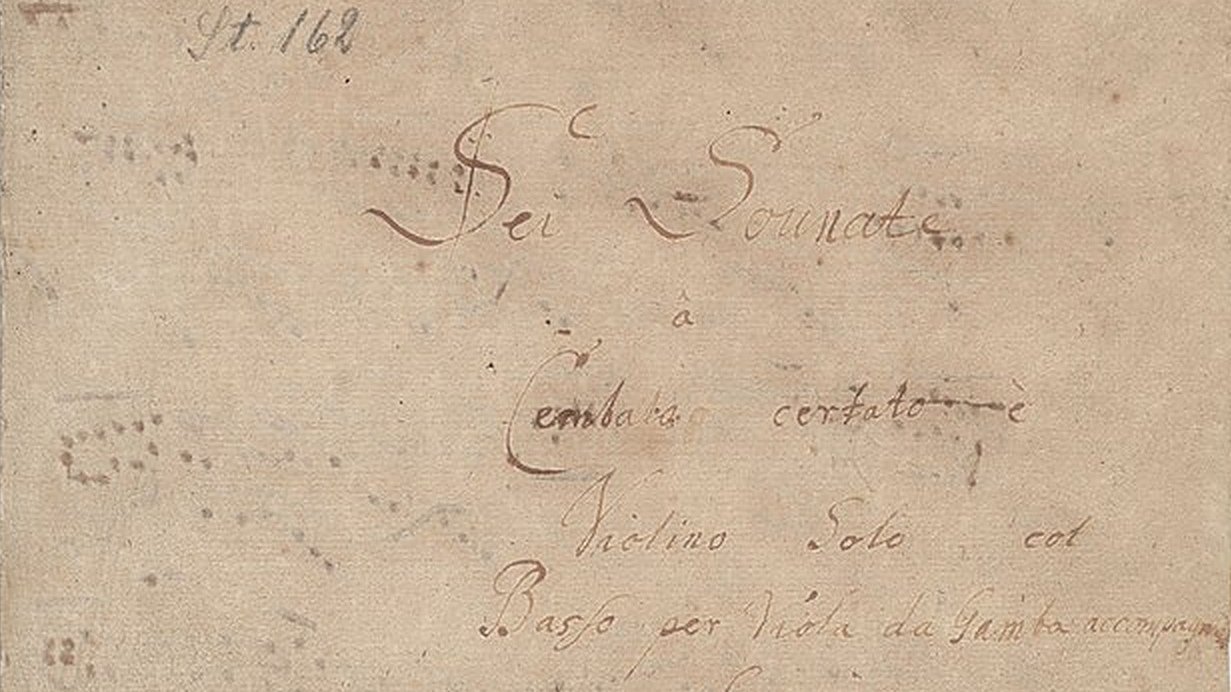The Ghosts of D-Sharp Minor: Bach’s Prelude and Fugue, BWV 877 and Scriabin’s Etude Op 8, No 12
In an 1806 treatise, Christian Schubart described D-sharp minor as a key which expresses “feelings of the anxiety of the soul’s deepest distress, of brooding despair, of blackest depression, of the most gloomy condition of the soul.” Schubart concluded with the chilling statement, “If ghosts could speak, their speech would approximate this key.” In the early twentieth century, expressive variations between keys became blurred following the adoption of equal temperament in tuning. …


